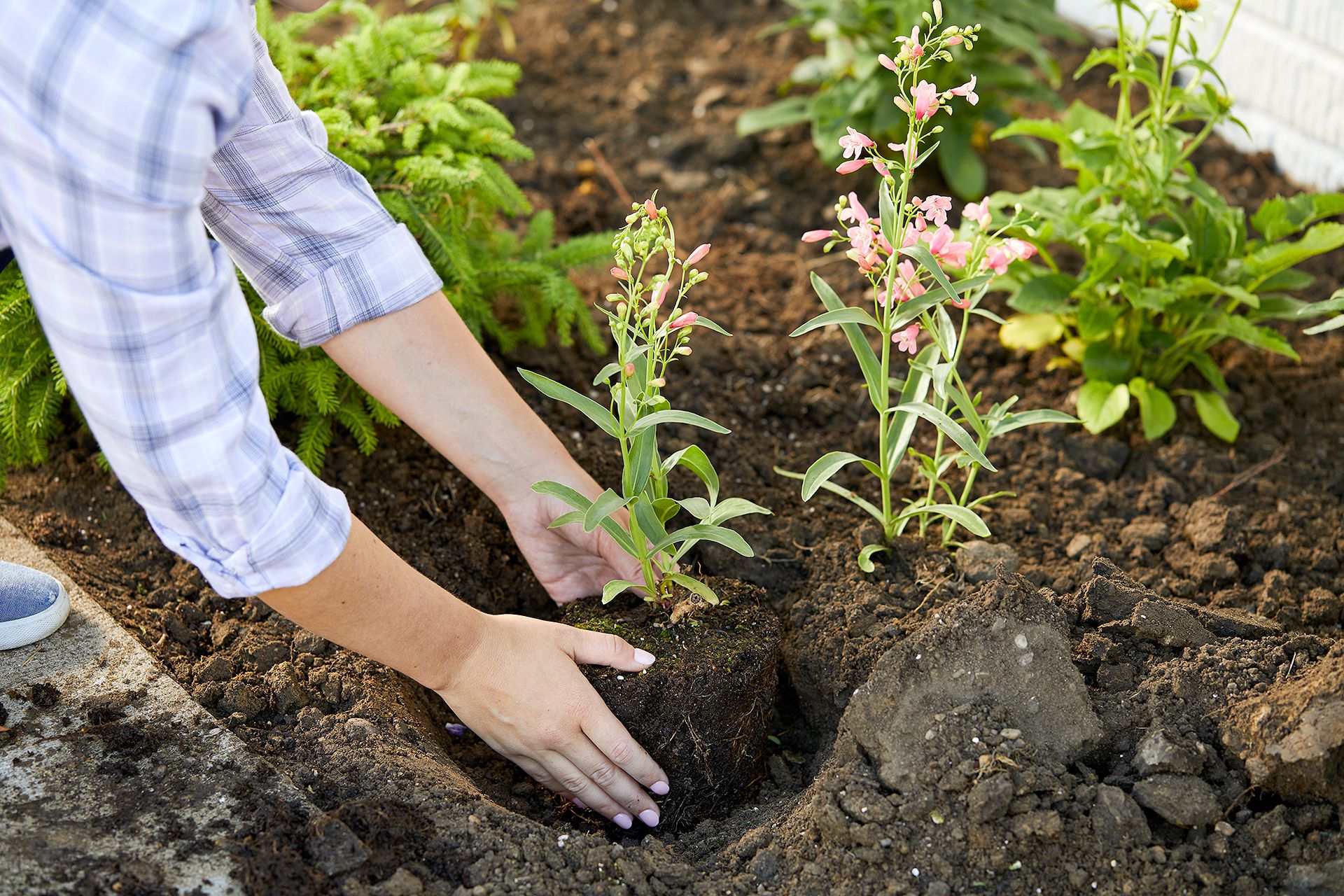

Articles
How To Plant Flower Garden
Modified: August 28, 2024
Learn how to create a beautiful flower garden with expert gardening tips and techniques. Enhance your gardening skills and transform your outdoor space today!
(Many of the links in this article redirect to a specific reviewed product. Your purchase of these products through affiliate links helps to generate commission for Storables.com, at no extra cost. Learn more)
Introduction
Welcome to the world of gardening, where beauty blooms and nature thrives. If you have a green thumb and a love for flowers, then creating your flower garden is an exciting and fulfilling endeavor. Whether you are a beginner or an experienced gardener, this article will guide you through the process of planting a stunning flower garden that will bring joy and color to your outdoor space.
A well-designed flower garden can transform any ordinary yard into a captivating oasis. It not only adds visual appeal but also provides a peaceful and relaxing environment. The process of creating a flower garden involves careful planning, selecting the right flowers, preparing the soil, and maintaining your garden throughout the seasons.
But don’t worry, with a little knowledge and effort, you can create a thriving flower garden that will impress your neighbors and provide a sanctuary for pollinators and beneficial insects. So, let’s dig in and get started on this horticultural journey.
Key Takeaways:
- Choose the right flowers for your garden by considering climate, growth habit, colors, scent, and purpose. Mix varieties for depth and interest, and research specific care requirements for a thriving, vibrant display.
- Maintain a healthy flower garden by watering deeply, fertilizing properly, mulching for weed control and moisture retention, and tending to regular maintenance tasks. Be proactive in identifying and addressing pests and diseases to protect your garden’s beauty and health.
Read more: How To Design A Flower Garden
Choosing the Right Location
The success of your flower garden largely depends on choosing the right location. When selecting a spot for your garden, consider the following factors:
- Sunlight: Most flowers thrive in full sunlight, so choose an area that receives at least six hours of direct sunlight each day. However, if you have certain shade-loving flowers in mind, find a partially shaded spot.
- Soil Drainage: Good soil drainage is essential for healthy plant growth. Avoid areas with poor drainage, as excessive water can lead to root rot. If your soil doesn’t drain well, you can improve it by adding organic matter or raised beds.
- Proximity to Water Source: Ensure that your flower garden is located near a water source for easy watering. This will save you time and effort when it comes to keeping your plants hydrated.
- Protection from Strong Winds: Strong winds can damage fragile flower petals and hinder plant growth. If your garden is in an open area, consider creating windbreaks with fences, shrubs, or trees to protect your plants.
Additionally, consider the aesthetic aspect of your garden’s location. Whether it’s a front yard garden that complements your house or a backyard sanctuary, choose a spot that will showcase the beauty of your flowers and bring you joy whenever you gaze upon it.
Once you have chosen the right location for your flower garden, it’s time to move on to selecting the perfect flowers to adorn it with.
Selecting the Flowers
When it comes to selecting flowers for your garden, the choices can be overwhelming. Consider the following factors to help you narrow down your options and create a harmonious and visually appealing flower garden:
- Climate and Hardiness: Choose flowers that are suitable for your climate and can withstand the temperature and weather conditions in your area. Consult the USDA hardiness zone map to determine which plants are most likely to thrive in your region.
- Growth Habit: Consider the height, spread, and growth habit of the flowers. Think about how they will fit into your garden’s design and whether they will complement each other in terms of size and shape.
- Colors and Blooming Period: Decide on a color palette for your garden. Consider the colors of your home and surrounding landscape to create a cohesive look. Also, choose flowers with varying blooming periods to ensure a continuous display of color throughout the season.
- Scent: If you enjoy the fragrance of flowers, consider adding some scented varieties to your garden. Flowers like roses, lavender, and jasmine can add a delightful aroma to your outdoor space.
- Purpose: Determine the purpose of your flower garden. Are you looking to attract pollinators, create a cutting garden, or simply beautify your outdoor space? Knowing the purpose will help you select the right types of flowers.
While selecting flowers, don’t be afraid to mix different varieties to create depth and interest in your garden. Grouping flowers with similar growth requirements together will make it easier to care for them.
Take time to research different flower species and their specific care requirements. Consider factors such as water and sunlight needs, soil pH, and recommended planting zones. By choosing the right flowers for your garden, you’ll set the stage for a flourishing and vibrant display.
Preparing the Soil
Before planting your flowers, it’s essential to prepare the soil to provide a healthy foundation for their growth. Follow these steps to ensure your soil is ready for planting:
- Remove Weeds: Begin by clearing the area of any existing weeds or vegetation. These unwanted plants can compete with your flowers for nutrients and sunlight.
- Loosen the Soil: Use a garden fork or tiller to loosen the soil. This will improve drainage, root penetration, and air circulation. Avoid working the soil when it’s too wet or too dry.
- Add Organic Matter: Enrich your soil with organic matter such as compost, well-rotted manure, or leaf mold. This will boost nutrient content, improve soil structure, and enhance moisture retention.
- Test Soil pH: It’s important to check the pH level of your soil, as different flowers have specific pH preferences. Most flowers prefer slightly acidic to neutral soil (pH 6.0-7.0). You can purchase a soil testing kit from a garden center or send a sample to a lab for analysis.
- Amend Soil as Needed: Based on the soil pH test results, amend the soil with lime to raise pH or sulfur to lower pH. Follow the recommended application rates to achieve the desired pH level.
- Work in Fertilizer: If your soil lacks nutrients, add a slow-release fertilizer or organic fertilizer suitable for flowering plants. Follow the package instructions for application rates and timing.
Once you have prepared the soil, take a moment to observe its texture and moisture content. A well-prepared soil should feel crumbly, be easy to work with, and hold a moderate amount of moisture.
Now that your soil is prepared, it’s time to start planting your carefully selected flowers and bringing your garden vision to life.
Planting the Flowers
Planting the flowers in your garden is an exciting step that brings you closer to enjoying their beauty. Follow these guidelines to ensure successful planting:
- Read Planting Instructions: Before planting, read the instructions or labels that come with your flowers. They will provide valuable information about spacing, planting depth, and any specific planting requirements.
- Prepare Planting Holes: Dig holes that are slightly larger and wider than the root ball of each flower. This will give the roots enough room to spread out and establish themselves.
- Handle Roots with Care: Gently loosen the roots if they are tightly packed. Avoid damaging or breaking them, as healthy roots are crucial for the plants’ growth and survival.
- Plant at the Right Depth: Place each flower in its planting hole at the appropriate depth. The crown (where the stems meet the roots) should be level with or slightly above the soil surface. Refrain from planting too deep, as it can suffocate the plant.
- Backfill the Soil: Fill the hole with the soil mixture, gently pressing it around the roots to eliminate any air pockets. Avoid compacting the soil too tightly, as it can hinder root growth and water penetration.
- Water Thoroughly: Immediately after planting, give your flowers a thorough watering to settle the soil and help establish the plants. Ensure the water reaches the root zone.
- Space Plants Appropriately: Pay attention to the spacing requirements of each flower. Crowded plants can inhibit air circulation and lead to disease or stunted growth. Provide enough room for each plant to grow and spread.
As you plant, consider the overall design and arrangement of your flower garden. Create visual interest by mixing different flower colors, textures, and heights. Think about how the flowers will complement each other and create harmony in your garden.
Remember to take into account the blooming period of each flower. By strategically planting early, mid, and late-season bloomers, you can enjoy a continuous display of color from spring to fall.
Congratulations! Your flowers are now in the ground, and your garden is well on its way to becoming a stunning display of nature’s beauty. But the work isn’t over yet – proper watering and fertilizing are essential for your plants’ well-being.
When planting a flower garden, make sure to choose a location with plenty of sunlight and well-draining soil. Also, consider the mature size of the plants and space them accordingly to avoid overcrowding.
Read more: How To Design A Cut Flower Garden
Watering and Fertilizing
Watering and fertilizing are crucial aspects of maintaining a healthy and thriving flower garden. Follow these guidelines to ensure your plants receive the proper care:
- Watering: Proper watering is essential for the growth and survival of your flowers. Water your garden deeply and thoroughly, ensuring the water reaches the root zone. Avoid frequent shallow watering, as it can lead to shallow root development. Water the garden early in the morning or late in the evening to minimize evaporation.
- Monitor Soil Moisture: Keep an eye on the soil moisture level. Stick your finger into the soil to a depth of 1-2 inches. If it feels dry at that depth, then it’s time to water. Be cautious not to overwater, as excessive moisture can lead to root rot and other plant diseases.
- Fertilizing: Provide your flowers with the nutrients they need by fertilizing them regularly. Use a balanced slow-release fertilizer or organic fertilizer specifically formulated for flowering plants. Follow the package instructions for proper application rates and timing. Avoid over-fertilizing, as it can result in excessive leaf growth and fewer blooms.
- Feed at the Right Time: Start fertilizing your flowers when they begin to show active growth. Typically, this is in the early spring. Continue to fertilize throughout the growing season, following the recommended schedule. As the season comes to an end, reduce or stop fertilizing to allow plants to prepare for dormancy.
- Apply Fertilizer Properly: Spread the fertilizer evenly around the base of each plant, keeping it away from the stem. Water the plants thoroughly after applying fertilizer to help distribute the nutrients into the soil.
Remember that different flowers may have specific water and nutrient requirements. Some plants, like succulents or drought-tolerant species, require less frequent watering, while others, like annuals or shallow-rooted perennials, may need more regular watering.
Regular monitoring and adjusting of watering and fertilizing practices will ensure that your flowers receive the optimal care. With proper attention to these essential tasks, your flower garden will continue to flourish and delight throughout the season.
Mulching the Garden
Mulching is a beneficial practice that can greatly enhance the health and beauty of your flower garden. By applying a layer of mulch, you can enjoy numerous advantages:
- Weed Control: Mulch acts as a natural barrier, suppressing weed growth by blocking sunlight and preventing weed seeds from germinating. This reduces the competition for nutrients and water, allowing your flowers to thrive.
- Moisture Retention: A layer of mulch helps to retain soil moisture by reducing evaporation. This is particularly beneficial during hot and dry summer months when water availability may be limited.
- Temperature Regulation: Mulch helps to regulate soil temperature, keeping it cooler in the hot summer months and warmer during the colder periods of the year. This creates a more favorable environment for plant growth.
- Soil Erosion Prevention: Mulch prevents soil erosion caused by heavy rains and strong winds. It acts as a protective layer, keeping the soil in place and reducing the risk of nutrient runoff.
- Improved Soil Structure: As the mulch breaks down over time, it adds organic matter to the soil, improving its structure and fertility. This allows for better root development and nutrient uptake by your flowers.
When choosing a mulch for your flower garden, consider organic options such as wood chips, straw, shredded leaves, or compost. These materials enrich the soil as they decompose and provide additional benefits to your plants.
To apply mulch, follow these steps:
- Prepare the area by removing any existing weeds or debris.
- Spread a 2-3 inch layer of mulch evenly around your flowers, being careful not to pile it up against the stems. Leave a small gap around the base of each plant to prevent moisture-related issues.
- Avoid using too much mulch, as excessive layers can lead to moisture retention problems and suffocate plant roots.
Remember to periodically replenish the mulch as it decomposes over time. This will ensure its effectiveness in providing the desired benefits to your flower garden.
By mulching your garden, you’ll create a more favorable growing environment for your flowers, reduce maintenance tasks, and enhance the overall beauty of your garden.
Maintaining the Flower Garden
Maintaining your flower garden is essential to keep it looking its best and ensure the longevity of your plants. Regular care and attention will go a long way in helping your garden thrive. Here are some key maintenance tasks to consider:
- Regular Watering: Continue to water your flowers as needed, taking into account weather conditions and the moisture needs of different plants. Water deeply to encourage healthy root development and avoid shallow watering that can promote shallow root growth.
- Deadheading: Remove faded or spent flowers from your plants through a technique called deadheading. This encourages continuous blooming by redirecting energy into new flower growth rather than seed production.
- Pruning: Prune your flowers as needed to maintain their shape, promote healthy growth, and remove any diseased or damaged branches or stems. Pruning can also help improve air circulation and reduce the risk of fungal diseases.
- Support and Staking: Provide support and stakes for tall or climbing flowers that may require extra support to prevent them from bending or breaking due to heavy blooms or strong winds. This will help maintain their upright appearance and prevent damage.
- Weeding: Regularly remove weeds from your flower garden to prevent them from competing for nutrients and sunlight. Hand pulling or using appropriate gardening tools can help keep unwanted weeds under control.
- Dividing and Transplanting: Some perennials benefit from being divided and transplanted every few years to maintain their vigor and prevent overcrowding. Follow specific guidelines for each flower species to ensure successful division and transplantation.
- Monitoring for Pests and Diseases: Keep a vigilant eye on your flowers for signs of pests, such as aphids or snails, and common diseases like powdery mildew or black spot. Take appropriate measures to control and treat infestations or infections to minimize damage.
Regularly tending to these maintenance tasks will help keep your flower garden healthy, vibrant, and in peak condition. Remember to enjoy the process and take pride in your beautiful garden as you put in the effort to maintain its beauty.
Dealing with Pests and Diseases
One of the challenges that gardeners face is dealing with pests and diseases that can affect the health of their flower garden. While it’s disheartening to see your plants under attack, being proactive and taking swift action can help minimize the damage. Here are some strategies to deal with pests and diseases:
- Identify the Problem: Observe your plants closely for any signs of pest infestation or disease. Look for chewed leaves, discolored foliage, distorted growth, or the presence of insects. Proper identification is crucial in determining the most effective treatment.
- Natural and Organic Solutions: Consider using natural and organic methods to control pests and diseases in your flower garden. These include employing beneficial insects such as ladybugs or lacewings to prey on harmful insects, using organic insecticidal soaps or neem oil, and employing physical barriers like row covers or netting to protect plants from pests.
- Companion Planting: Utilize the power of companion planting to deter pests. Some flowers and herbs, such as marigolds, lavender, and basil, repel common garden pests. Interplanting them with your flowers can provide natural pest control.
- Cultural Practices: Maintain good garden hygiene by regularly removing fallen leaves and debris, as they can harbor pests and diseases. Proper watering and fertilizing practices can also help promote healthy plant growth and improve their ability to resist pests and diseases.
- Chemical Controls: If natural and organic methods are not effective, chemical controls may be necessary as a last resort. Choose pesticides labeled for specific pests or diseases and follow the instructions carefully. Be mindful of the potential impact on beneficial insects and the environment, using chemicals sparingly and as a targeted application.
- Monitor and Act Early: Regularly monitor your plants for any signs of pests or diseases. Early intervention is key to prevent the spread and escalation of infestations. Prompt action can save your precious flowers from severe damage.
It’s important to note that prevention is often the best defense against pests and diseases. Maintaining healthy plants through proper watering, fertilizing, and practicing good garden hygiene can significantly reduce the likelihood of problems.
By staying vigilant and implementing appropriate pest and disease management strategies, you can protect your flower garden and ensure the continued beauty and health of your plants.
Read more: A Guide To Starting Your Own Flower Garden
Conclusion
Congratulations on creating your stunning flower garden! You’ve learned the essentials of choosing the right location, selecting the perfect flowers, preparing the soil, planting with care, and maintaining your garden. With these steps in mind, your garden will flourish and bring joy for seasons to come.
Remember to provide your flowers with adequate sunlight, water, and nutrients while keeping a close eye on their needs. Regular maintenance tasks like deadheading, pruning, and weeding will ensure your garden stays healthy and vibrant.
In addition to tending to your plants, don’t forget to take a moment to sit back, relax, and enjoy the beauty of your creation. Whether you’re gazing upon the colorful blooms, inhaling the fragrant scents, or watching pollinators dance from flower to flower, your garden offers a place of solace and tranquility.
While pests and diseases may occasionally pose challenges, you now have the knowledge and tools to handle them effectively. Remember to employ natural, organic methods whenever possible, being mindful of the delicate balance of nature.
Continue to expand your gardening skills and knowledge by exploring new flower varieties, learning about different gardening techniques, and seeking inspiration from other gardeners. Gardening is a journey of continuous learning and growth, and your flower garden is a testament to your dedication and creativity.
So, grab your gardening gloves, step into the beauty of nature, and let your flower garden reflect your passion for gardening. Get ready to create a space that will inspire, rejuvenate, and bring you endless joy – all through the power of flowers.
Now that you're equipped with the know-how to start a thriving flower garden, why stop there? Expand your gardening prowess with creative barrier options in our guide on garden fence ideas. Perfect for any enthusiast looking to define spaces or secure their blooms, this read offers practical and stylish solutions that promise to spruce up any outdoor area. Don’t miss out on turning simple borders into stunning statements!
Frequently Asked Questions about How To Plant Flower Garden
Was this page helpful?
At Storables.com, we guarantee accurate and reliable information. Our content, validated by Expert Board Contributors, is crafted following stringent Editorial Policies. We're committed to providing you with well-researched, expert-backed insights for all your informational needs.
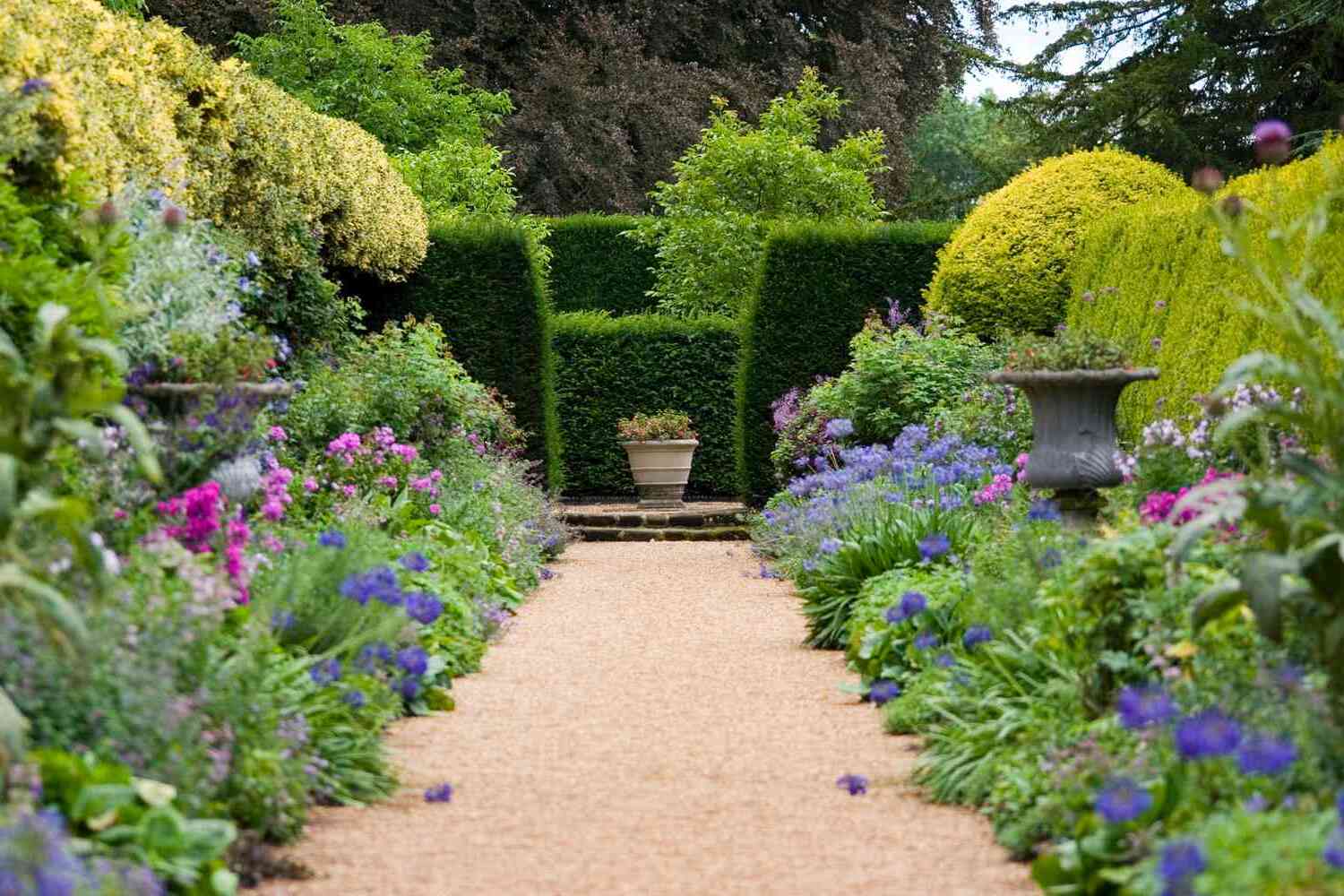
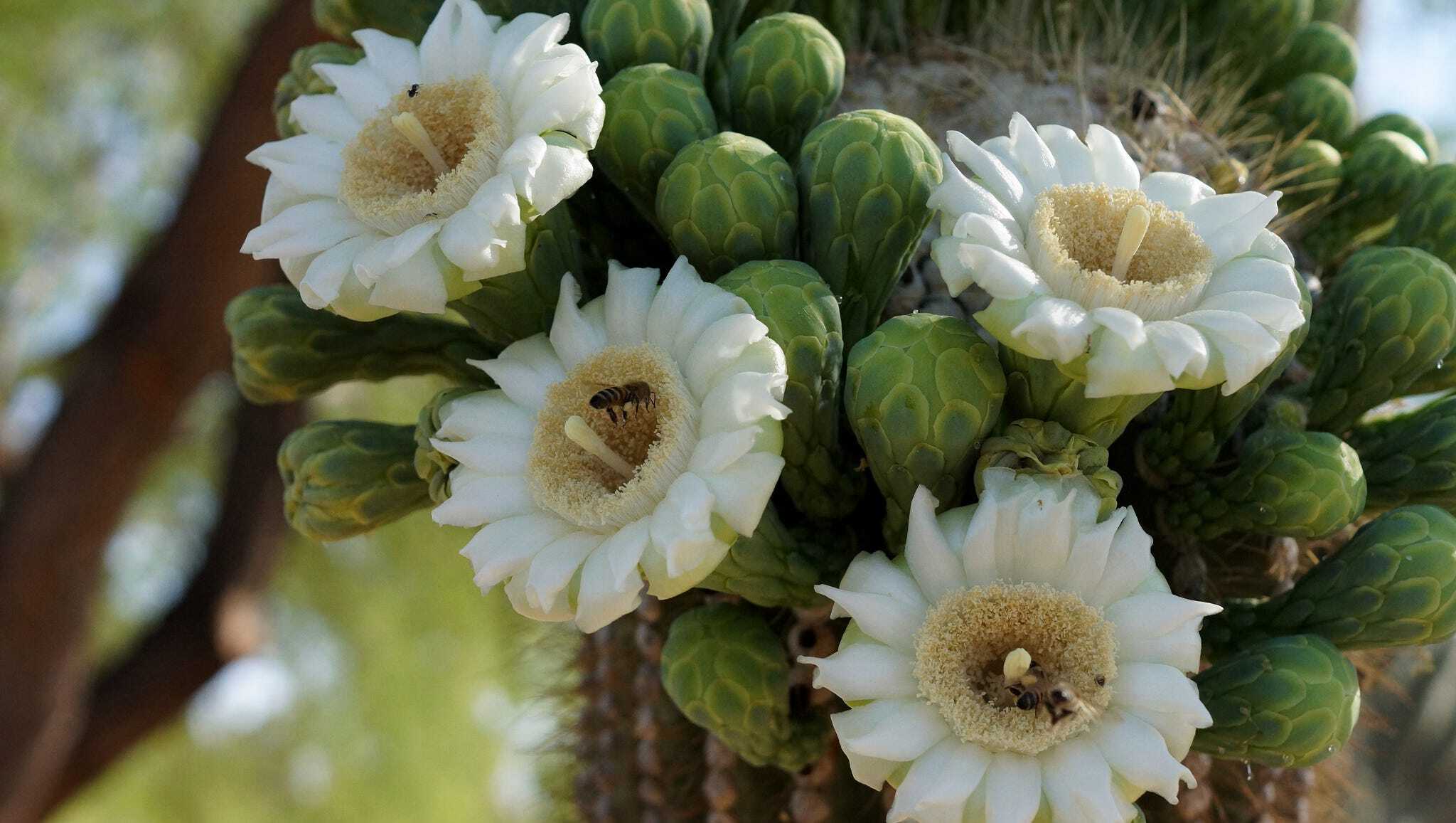
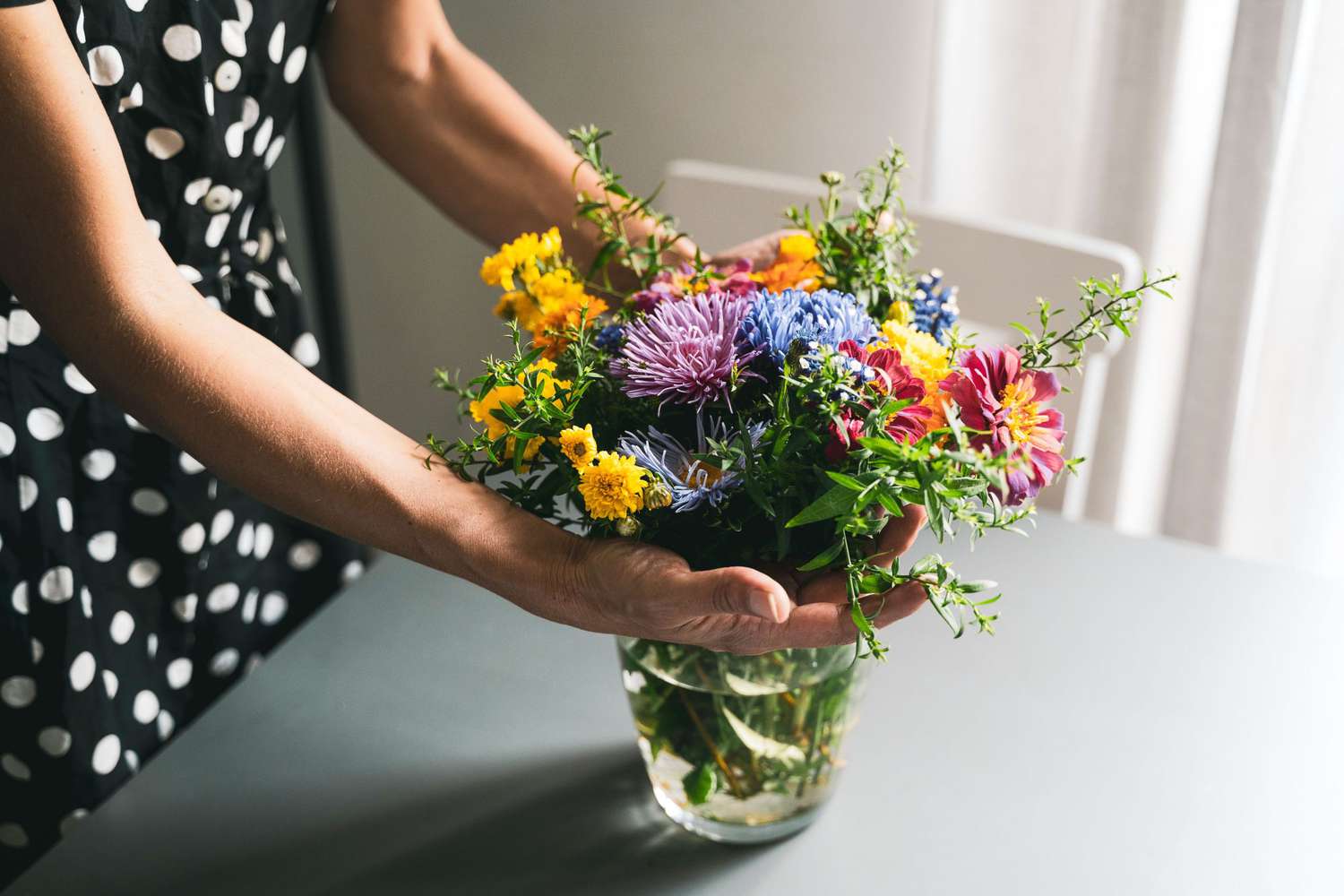
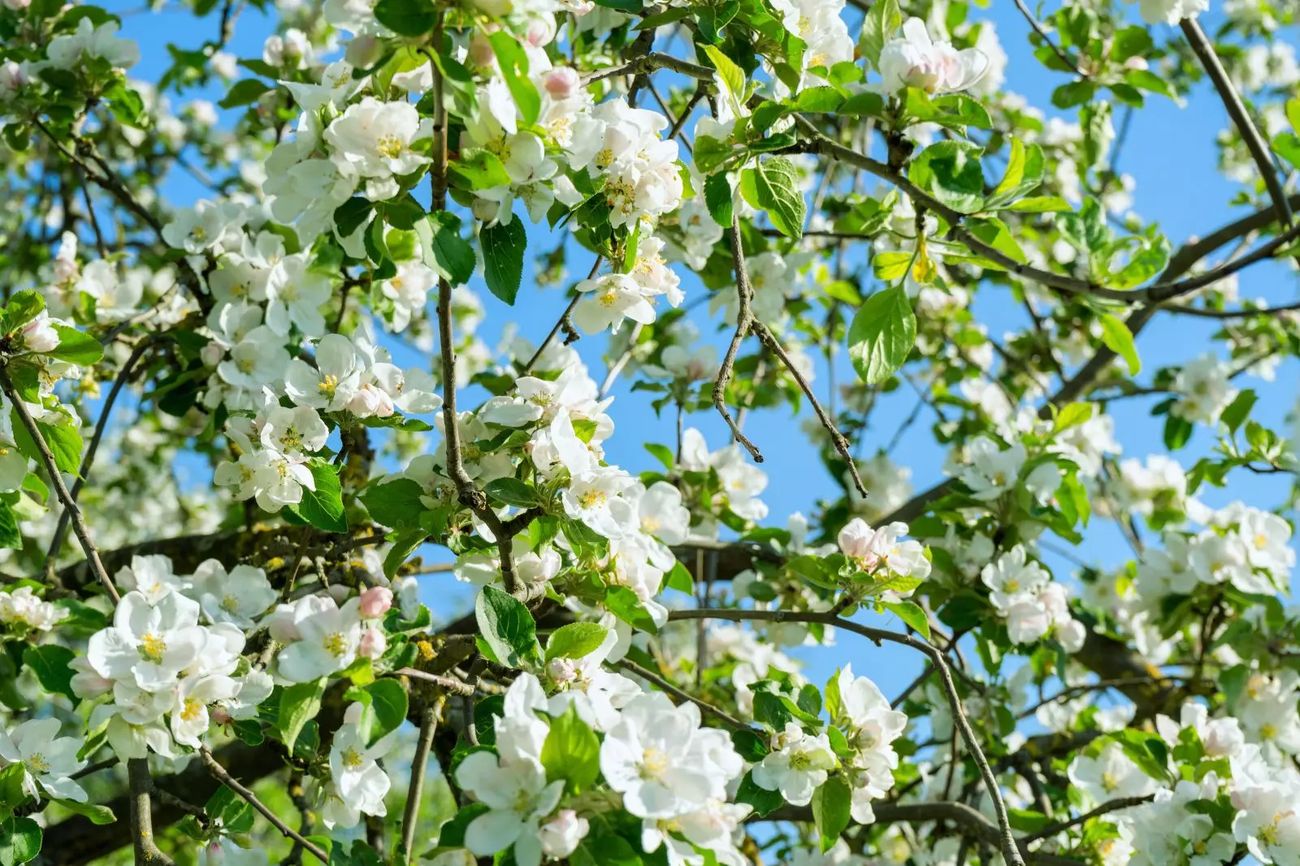
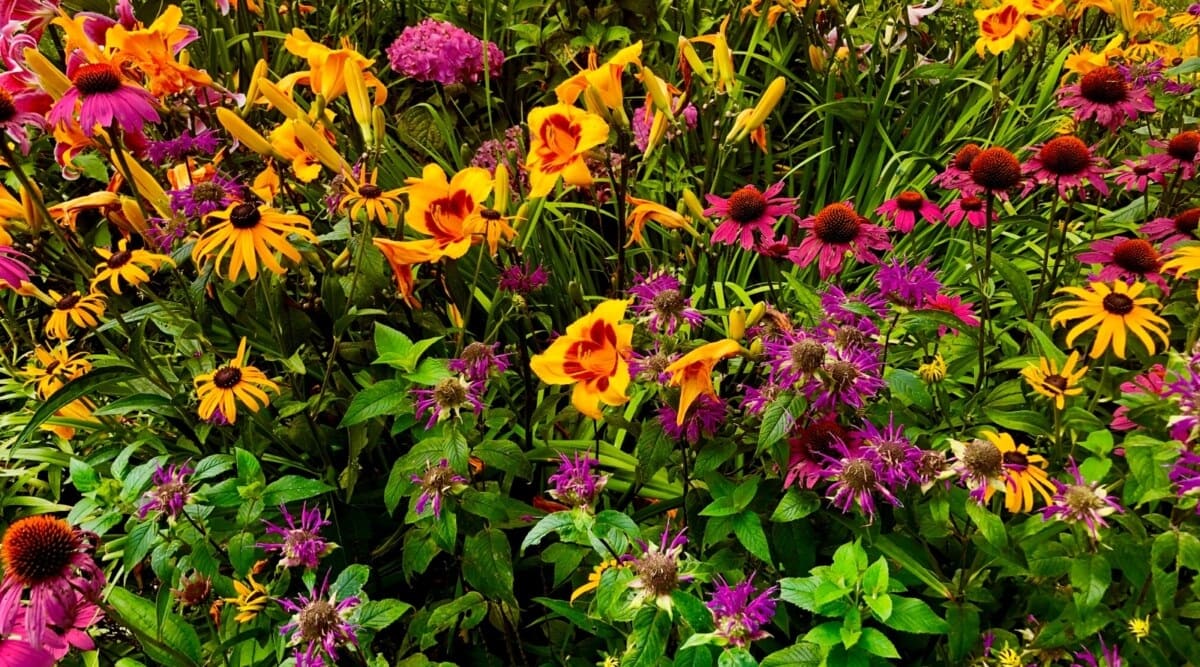
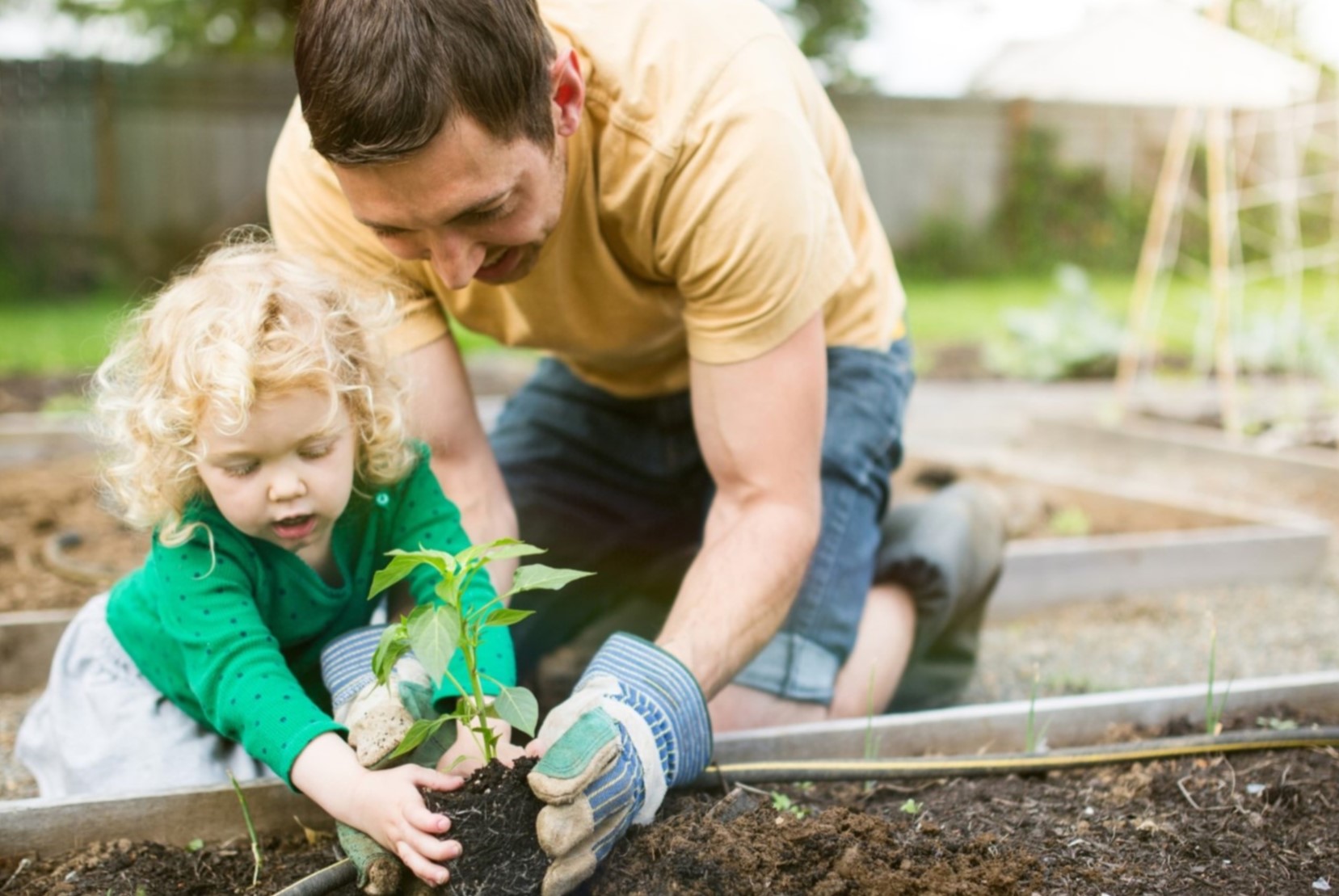
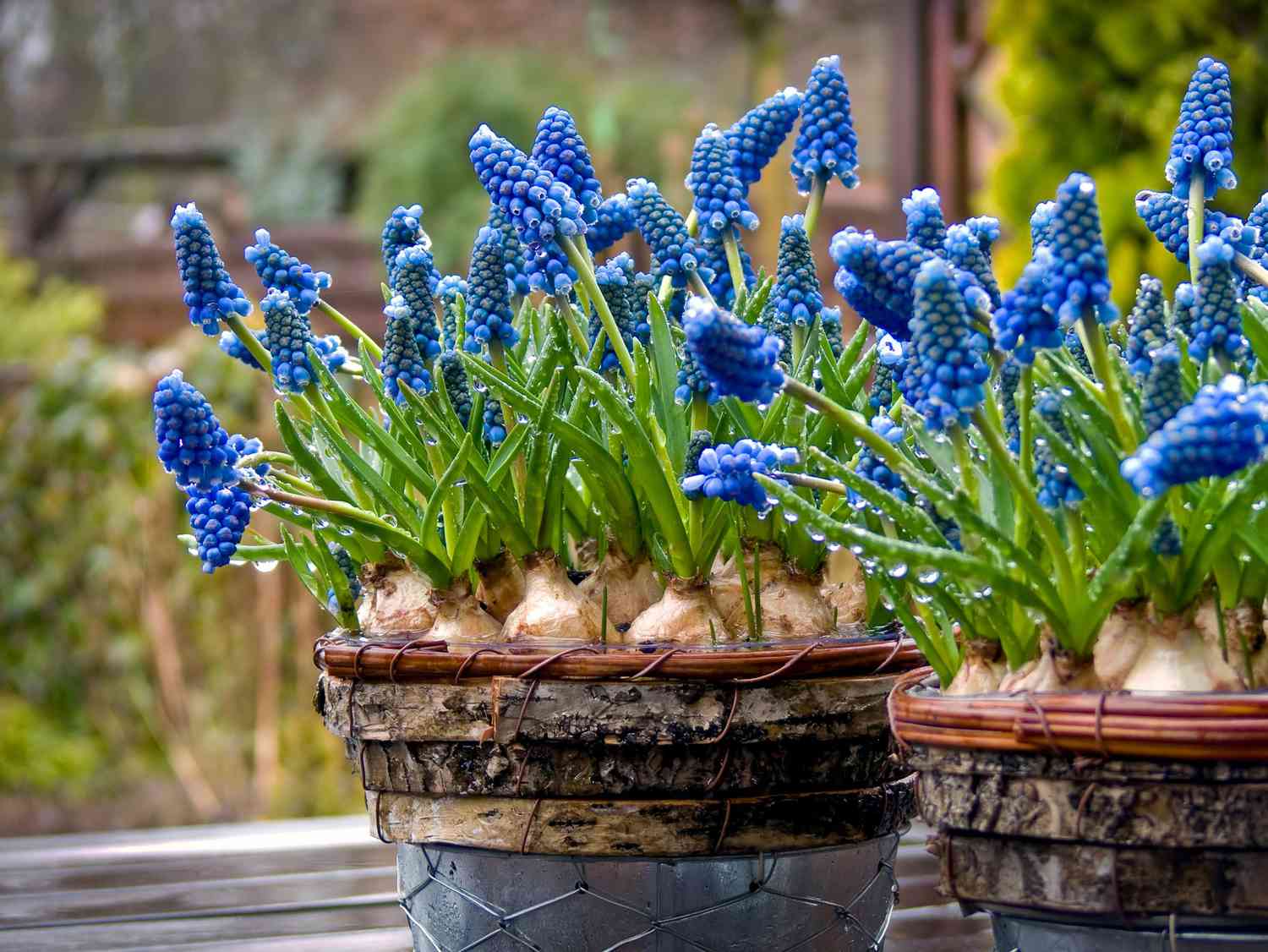
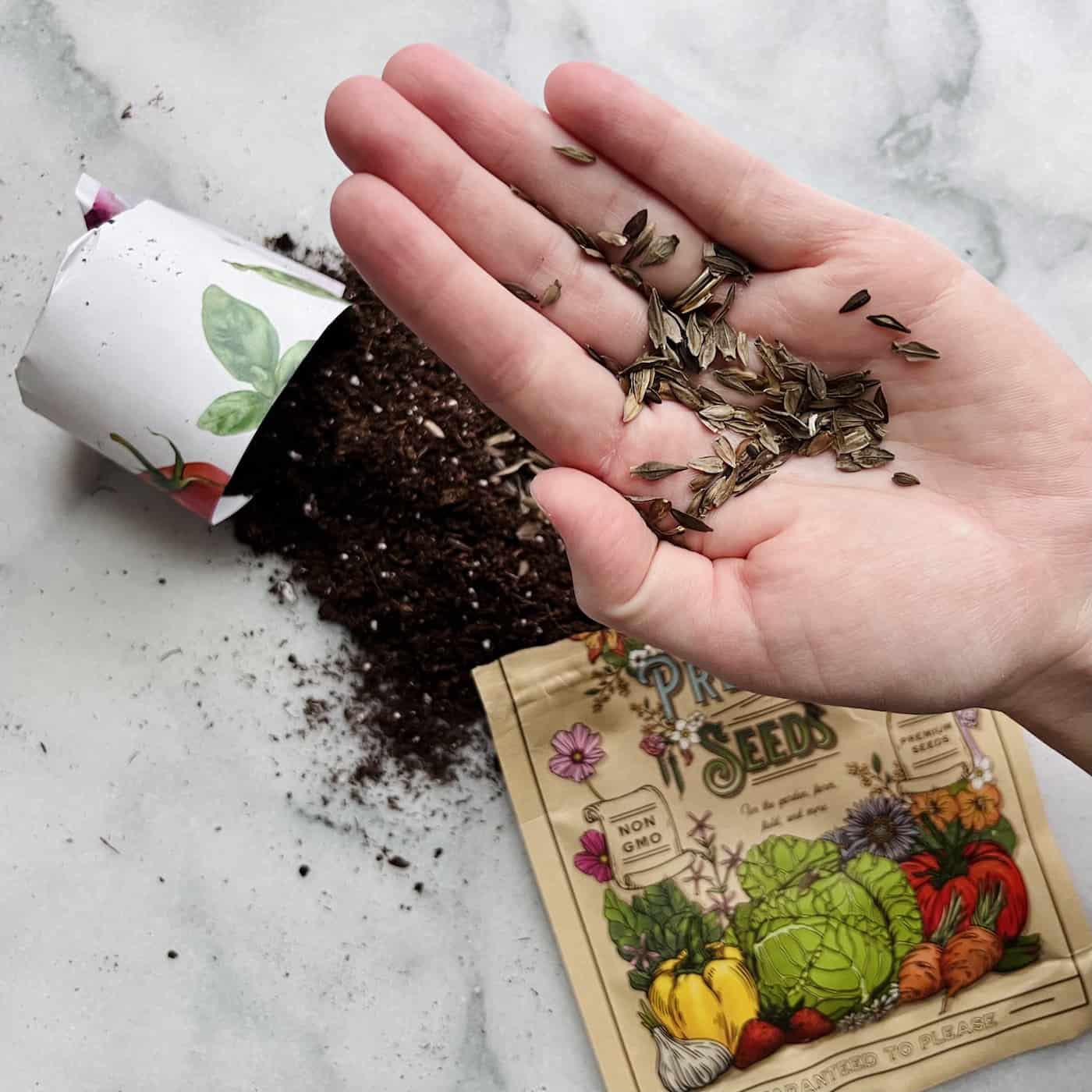
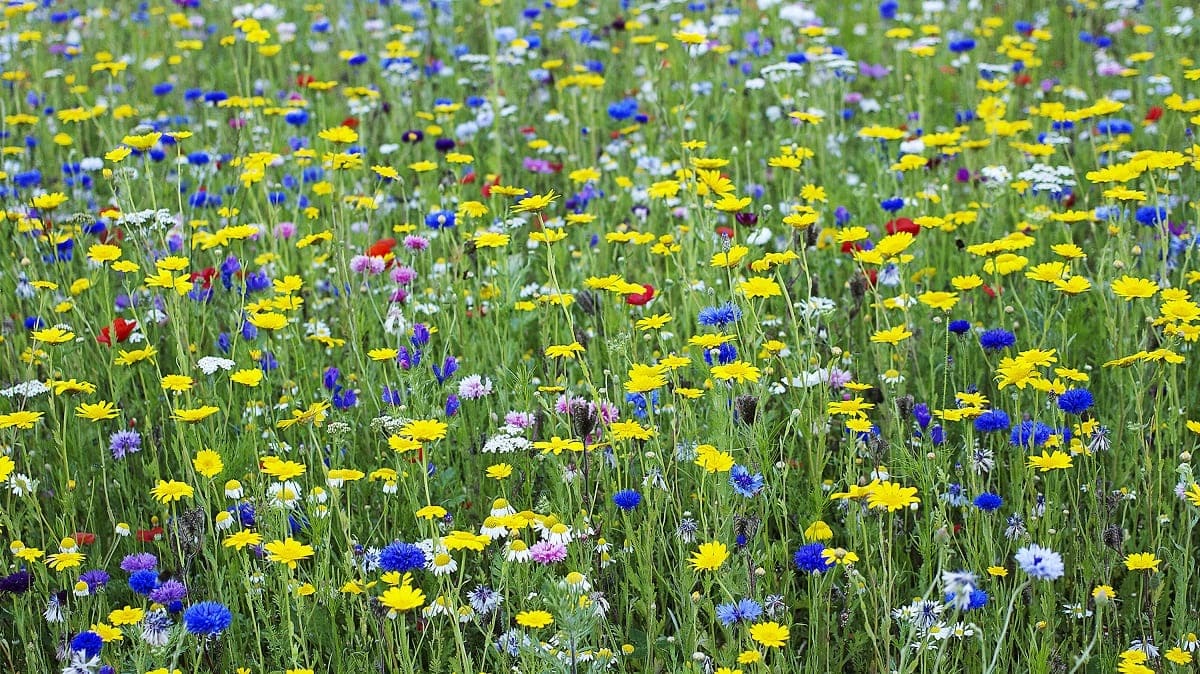
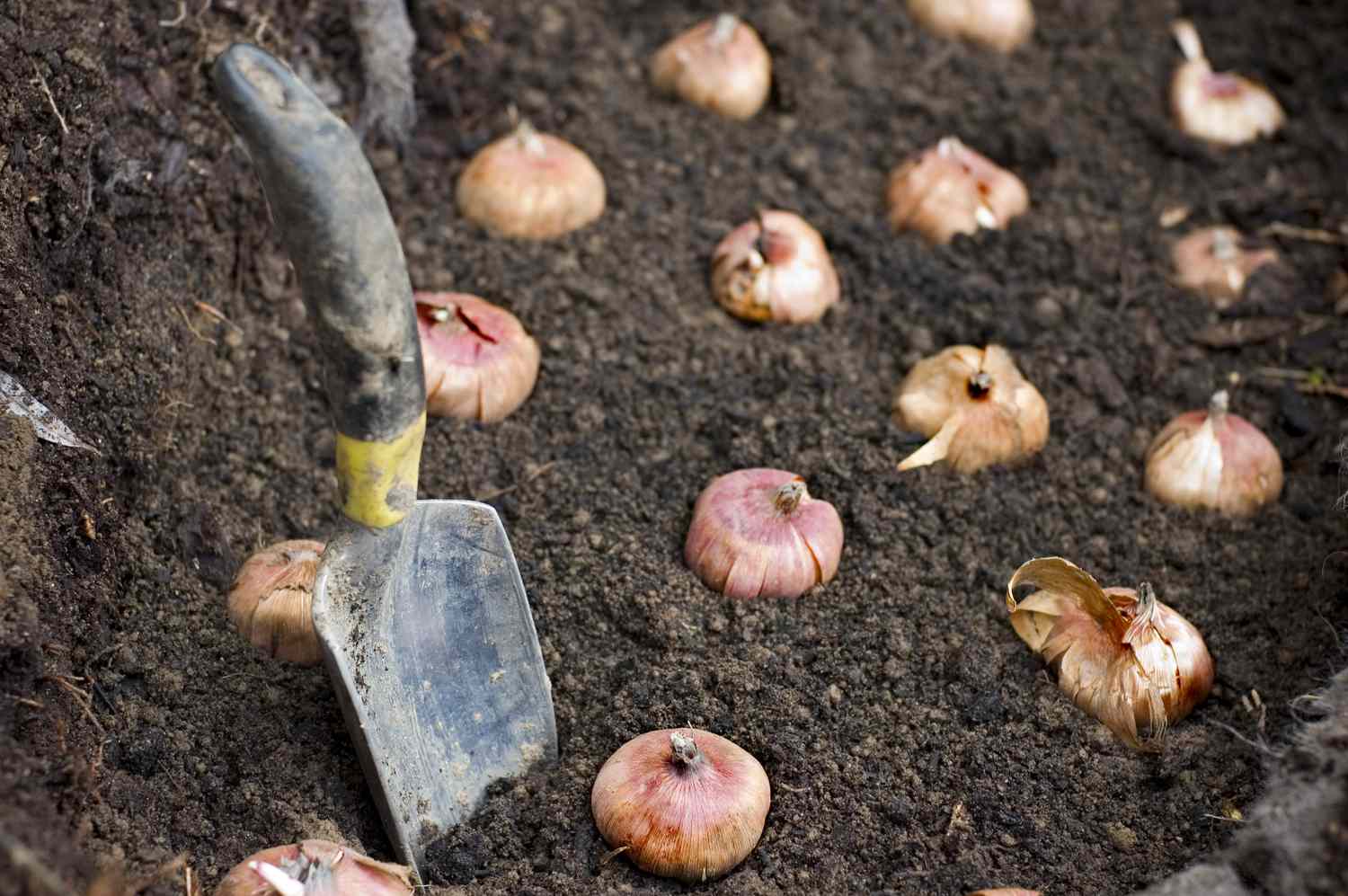
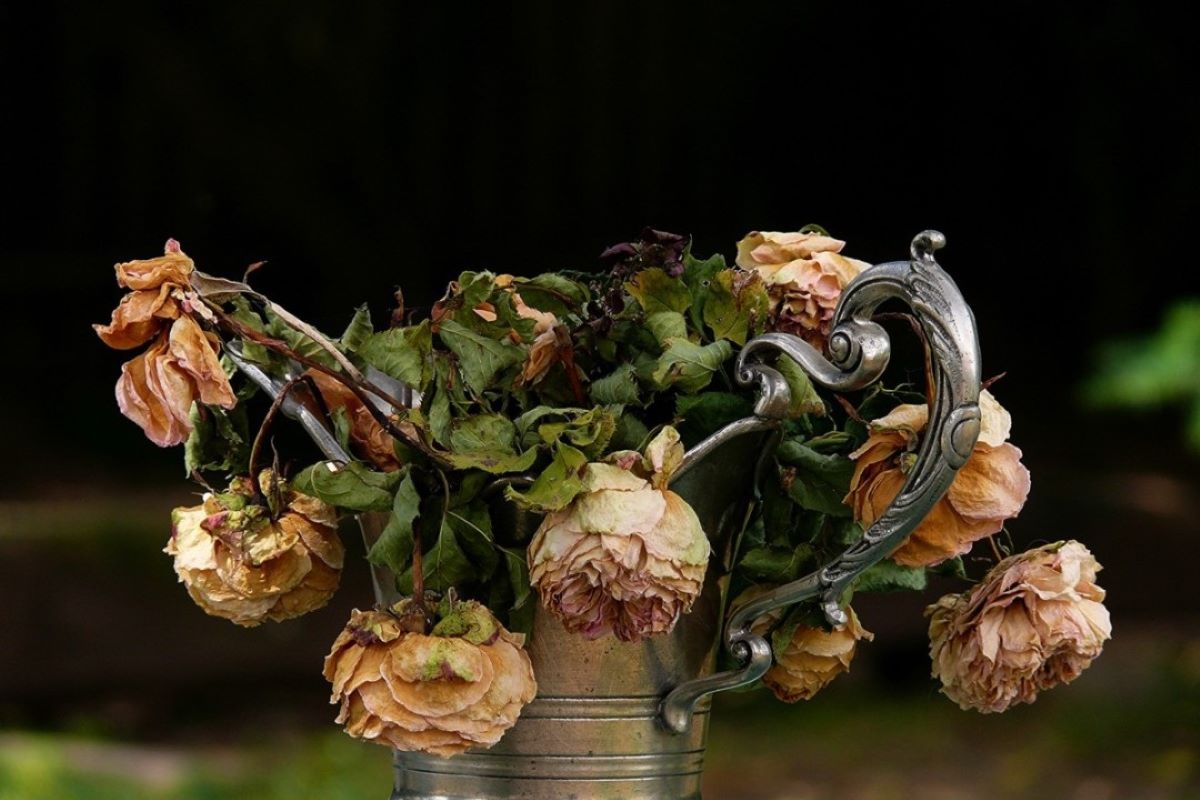
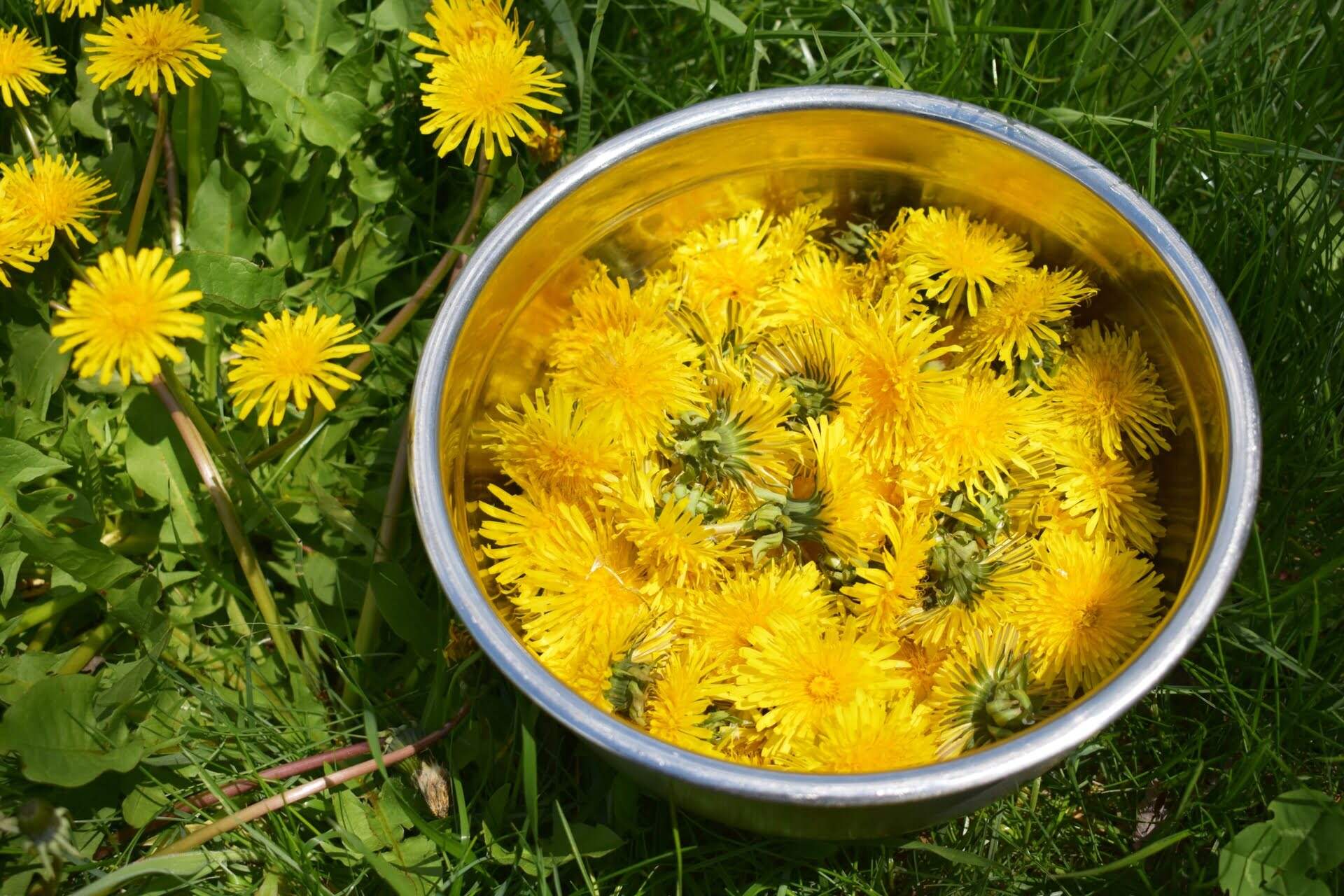


0 thoughts on “How To Plant Flower Garden”